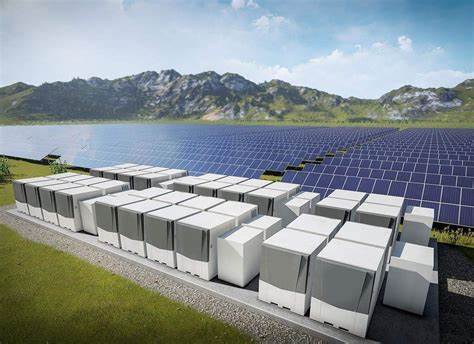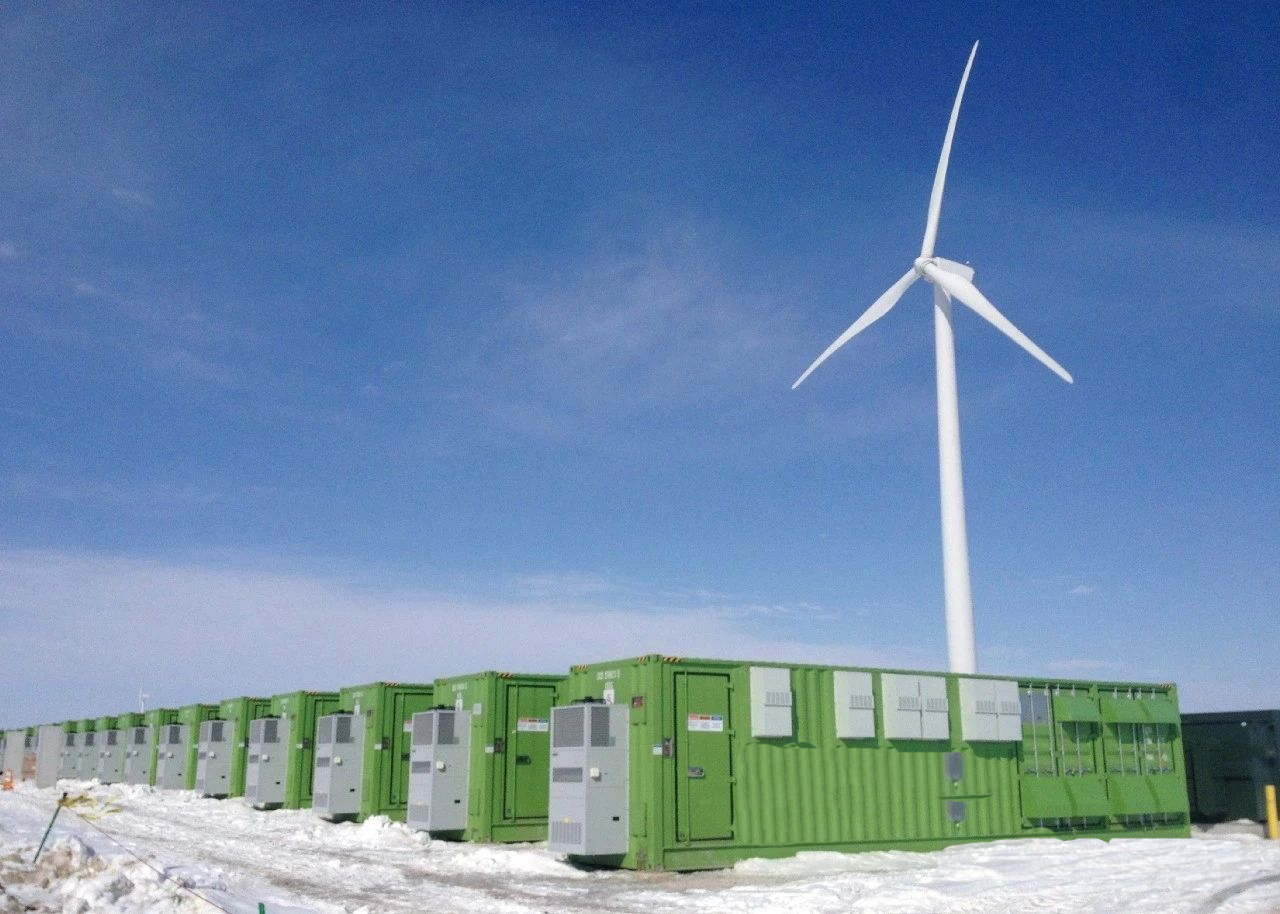
نوفمبر . 22, 2023 18:39 الرجوع للقائمة
تعتبر تطبيقات تخزين الطاقة على المدى الطويل مهمة
Long-duration energy storage is still in its early stages of development and there is no universally agreed-upon definition for the duration of long-duration energy storage, both domestically and internationally. The definition of long-term energy storage varies across regions due to differences in power demand, renewable energy distribution, energy storage scale layout, and energy storage policy support. In China, for instance, long-term energy storage is generally defined as energy storage technology lasting more than 4 hours, in order to differentiate it from the large-scale construction of 2-hour energy storage systems.
The global market for long-duration energy storage has experienced significant growth in recent years, with the value of projects currently in operation or under construction exceeding $30 billion. If all ongoing projects are completed and put into operation in the next few years, the total installed capacity of long-term energy storage is expected to increase by 57 million kilowatts. This would be equivalent to approximately three times the total installed capacity of long-term energy storage worldwide in 2022. These developments are of great significance for the mid- to late-stage construction of a zero-carbon power system and in achieving the goal of reducing carbon emissions.

ومع انخفاض نسبة القدرة المركبة للطاقة الحرارية تدريجيًا لتحقيق هدف "الكربون المزدوج"، هناك حاجة إلى موارد مستقرة لتوليد الطاقة ذات الحمل الأساسي. "تخزين الطاقة على المدى الطويل + مشاريع طاقة الرياح والطاقة الشمسية واسعة النطاق" يظهر كبديل واعد للوقود الأحفوري ومن المرجح أن يصبح الجيل المستقبلي لموارد الطاقة ذات الحمل الأساسي. يعد هذا التحول أمرًا بالغ الأهمية لبناء نظام طاقة خالٍ من الكربون على المدى الطويل.
بالإضافة إلى توفير توليد مستقر للطاقة، يلعب تخزين الطاقة على المدى الطويل أيضًا دورًا حاسمًا في إدارة توليد الطاقة المتقلب من مصادر الطاقة المتجددة. ومع زيادة نسبة طاقة الرياح والطاقة الشمسية، فإن التقطع في توليد الطاقة يشكل تحديات أمام استقرار الشبكة. إن بناء المزيد من شبكات النقل وحده لا يكفي لمعالجة هذه المشكلة. تخزين الطاقة على المدى الطويل، مع قدرته على تنظيم تقلبات توليد الطاقة الجديدة على مدى فترة طويلة من الزمن، يمكن أن يساعد في تجنب ازدحام الشبكة خلال فترات الطاقة النظيفة الفائضة وتحسين استهلاك الطاقة النظيفة خلال فترات ذروة التحميل.

Another significant application of long-term energy storage is ensuring power supply during extreme weather events and reducing electricity costs for society as a whole. As we work towards achieving the "double carbon" goal, large-scale and high-security power systems are required for different durations. Energy storage technology, especially long-term energy storage, is poised to become one of the core technologies in ensuring energy security. Research and development efforts are crucial during the 14th and 15th Five-Year Plan periods to develop advanced technologies for adjusting the medium and long-term power structure and to expand the overseas long-term energy storage market.
Looking towards the future, as new energy power generation approaches or even surpasses 50% of total power generation, the need for energy storage technology with a duration of 10 hours or more will become increasingly crucial. The random and volatile nature of renewable energy sources makes it insufficient to support the safe and stable operation of power systems. Long-term energy storage will therefore play a vital role in ensuring peak supply, coping with extreme weather events, and mitigating the seasonal imbalances of new energy sources. For example, in southeastern coastal areas where wind power has a high share, the occurrence of typhoons or other extreme weather events may lead to shutdowns of wind turbines and power shortages lasting 3-5 days. In such cases, energy storage with a duration of approximately 100 hours is required to meet the adjustment needs and ensure uninterrupted Energy storage power supply.
منتجات ذات صله:
خزانة تخزين الطاقة الموزعة في الهواء الطلق ذاتية التبريد EN-215 - نوع الطاقة
سيتم إزالتها في حالة المخالفة
الموقع المرجعي:https://www.chinanews.com/
-
Wireless DC Charging: The Next Frontier in Contactless EV Power Delivery
أخبارAug.04,2025
-
Hybrid BMS Energy Controls: Integrating Renewable Energy Sources
أخبارAug.04,2025
-
Blockchain for Secure and Decentralized EMS Power Systems
أخبارAug.04,2025
-
AI-Driven for Smart Grids: Energy Management System (EMS)
أخبارAug.04,2025
-
Advanced Distribution Management System (ADMS) Energy
أخبارAug.04,2025
-
5G-Enhanced BMS Energy Savings: Ultra-Low Latency Control
أخبارAug.04,2025























